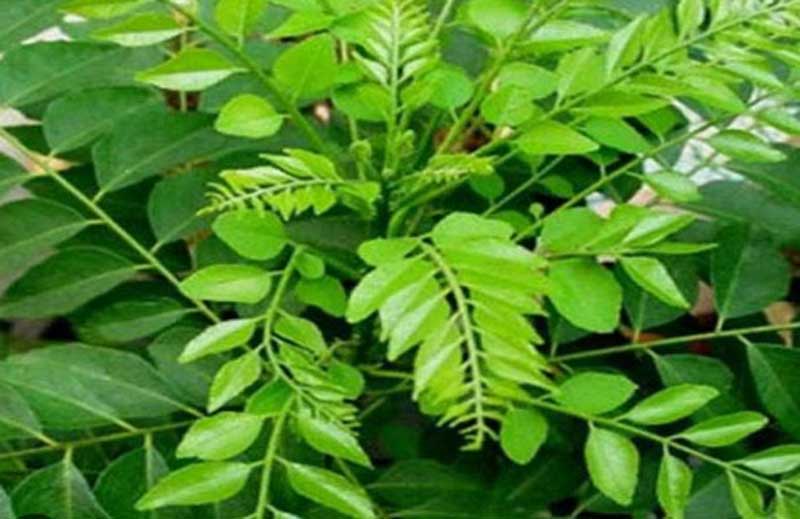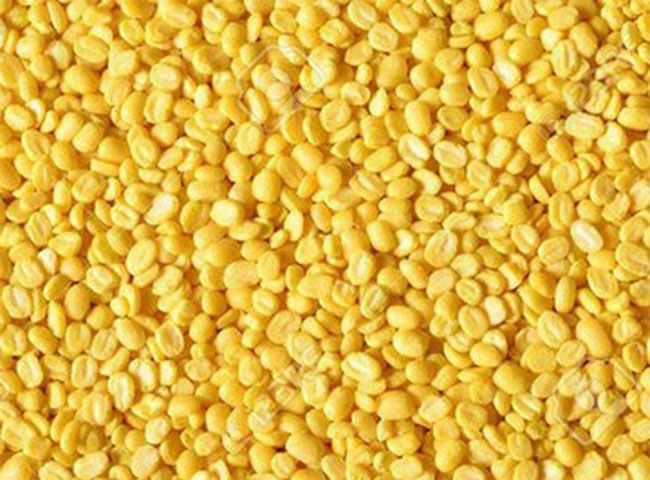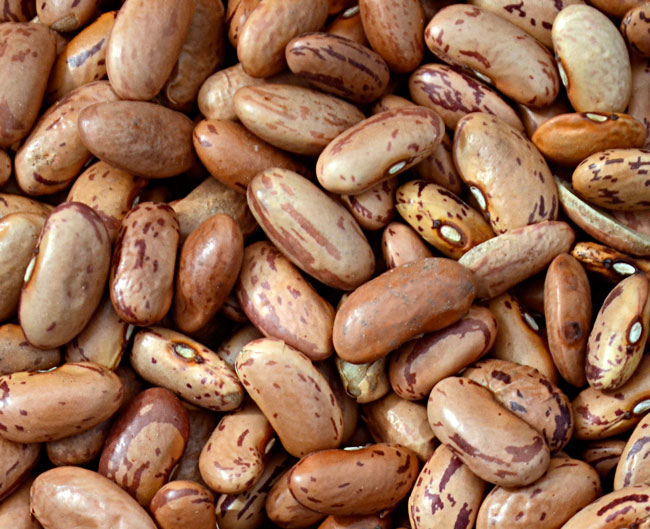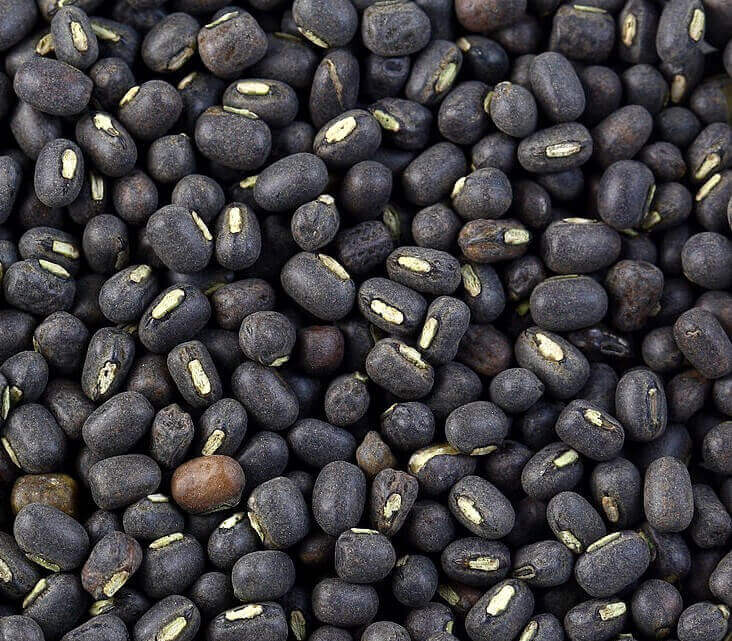Curry leaves, derived from the tree Murraya koenigii, are aromatic leaves widely used in South Asian, particularly Indian, cuisine. They add a distinct flavor to dishes like curries, dals, chutneys, and stir-fries. Native to India and Sri Lanka, these leaves are often used fresh, but they can also be dried or powdered for longer storage.
Beyond their culinary importance, valued for their health benefits:
- Digestive aid: They help improve digestion and prevent issues like indigestion.
- Rich in antioxidants: Curry leaves contain compounds that help fight oxidative stress in the body.
- Hair and skin health: Traditionally used to promote hair growth and reduce hair fall.
- Blood sugar control: Studies suggest its leaves can help in managing blood sugar levels.
Cooks usually temper the leaves in hot oil or ghee at the beginning of cooking to release their full flavor.
Learn more ingredients of supply like spices, pulses, vegetables, fruits
Curry leaves have a variety of uses, both in the kitchen and for health benefits. Here are some common uses:
Culinary Uses:
Flavoring Agent: bles. Cooks widely use its leaves in Indian and Southeast Asian cuisines to flavor curries, dals, soups, stews, and stir-fried vegetables.
Tadka (Tempering): In South Indian cooking, cooks often fry curry leaves in hot oil with mustard seeds, cumin seeds, and other spices to create a flavorful base for many dishes.
Chutneys: People use curry leaves in chutneys to enhance aroma and boost health benefits.
Rice Dishes: Cooks commonly use curry leaves in dishes like lemon rice or coconut rice to add a unique flavor.
Snacks: Cooks also use curry leaves to season savory snacks like pakoras and spiced nuts.
Health and Medicinal Uses:
Hair Health: Used in homemade hair oils to reduce hair fall, dandruff, and promote hair growth.
Skin Health: The leaves have antibacterial and anti-inflammatory properties, which help in treating skin infections and acne.
Managing Diabetes: Curry leaves helps to reduce blood sugar levels, making it beneficial for people with diabetes.
Antioxidant Properties: The leaves are rich in antioxidants, which protect the body from oxidative stress and may reduce the risk of chronic diseases.
Boosting Immunity: Curry leaves have immune-boosting properties that help fight infections.
Traditional and Home Remedies:
Weight Loss: Consuming fresh curry leaves or consuming them in tea form is believed to help in weight management.
Learn more ingredients of supply like spices, pulses, vegetables, fruits
Nausea and Morning Sickness: Many home remedies use curry leaves to ease nausea and vomiting, particularly in pregnancy.
Wound Healing: The antibacterial properties of curry leaves make them useful for healing minor wounds and cuts.
Poeple consumed it in different forms such as fresh, dried, powdered, or in tea, depending on the intended use.
करी पत्ता, जिसे इंग्लिश में Curry Leaves कहा जाता है, एक सुगंधित पत्ता होता है जो मुख्य रूप से भारतीय व्यंजनों में इस्तेमाल किया जाता है। यह पेड़ Murraya koenigii का हिस्सा होता है और इसके पत्ते ताजे या सूखे रूप में मसाले के तौर पर इस्तेमाल किए जाते हैं। करी पत्ता का उपयोग खासकर दक्षिण भारतीय व्यंजनों में होता है, जैसे सांभर, रसम, और उपमा में।
इसके अलावा, करी पत्ता के कई स्वास्थ्य लाभ भी होते हैं:
- यह पाचन तंत्र के लिए फायदेमंद होता है।
- इसमें एंटीऑक्सीडेंट्स होते हैं, जो शरीर को फ्री रेडिकल्स से बचाने में मदद करते हैं।
- बालों के झड़ने को कम करने और बालों की ग्रोथ बढ़ाने में मदद करता है।
- मधुमेह को नियंत्रित करने में सहायक होता है।
आम तौर पर इसे तेल में तड़का देकर व्यंजन में मिलाया जाता है जिससे इसके स्वाद और खुशबू का संपूर्ण उपयोग हो सके।




